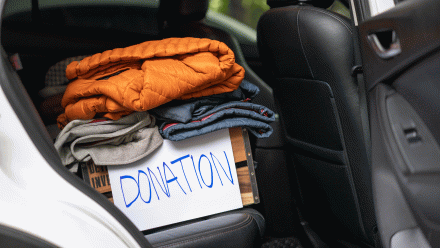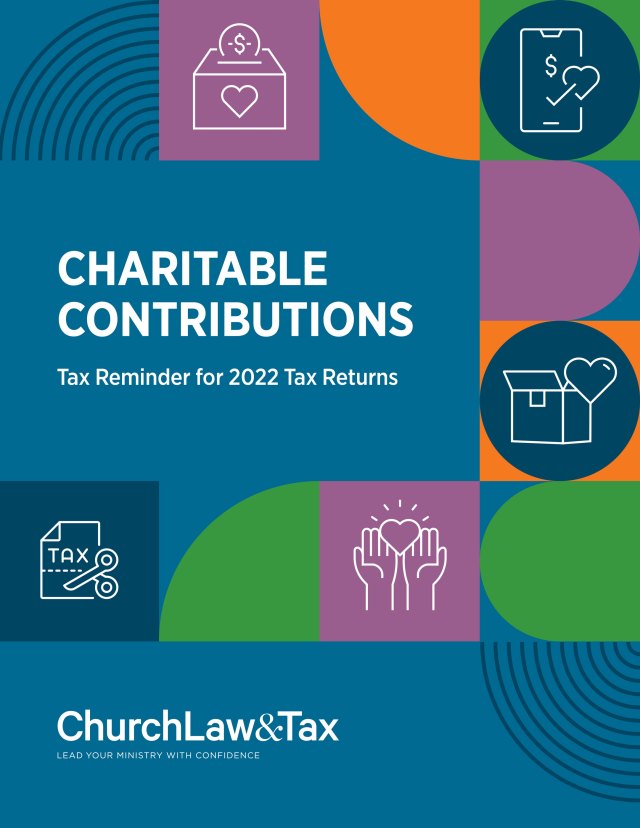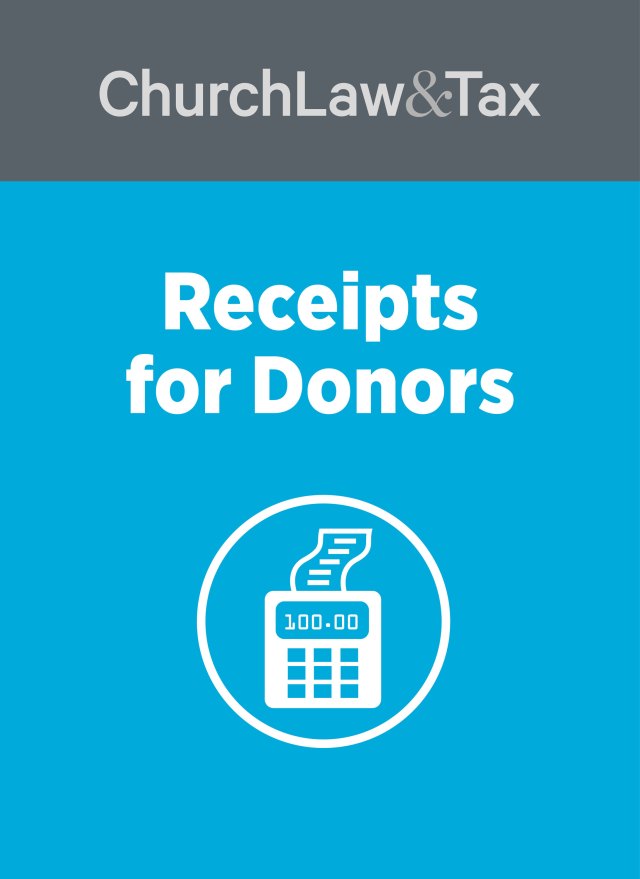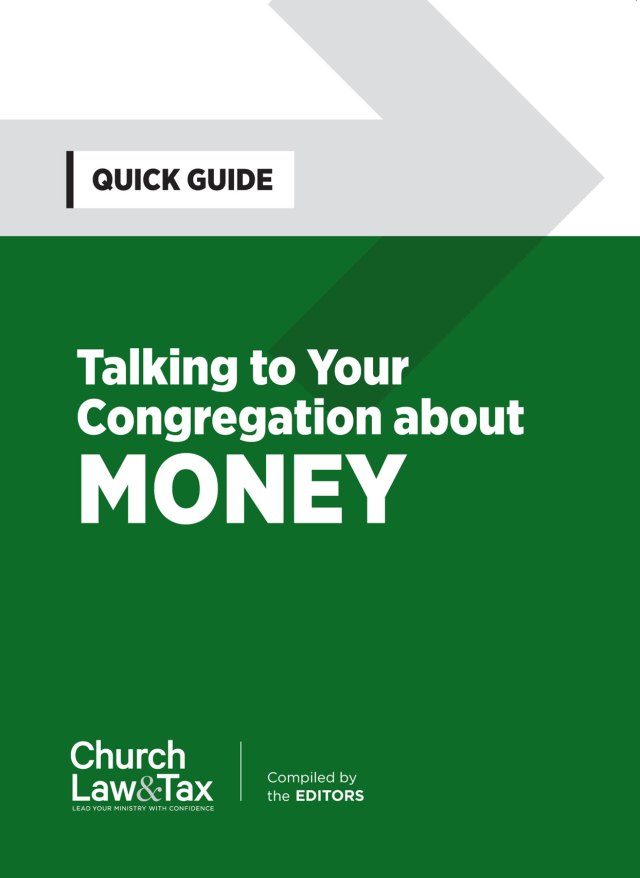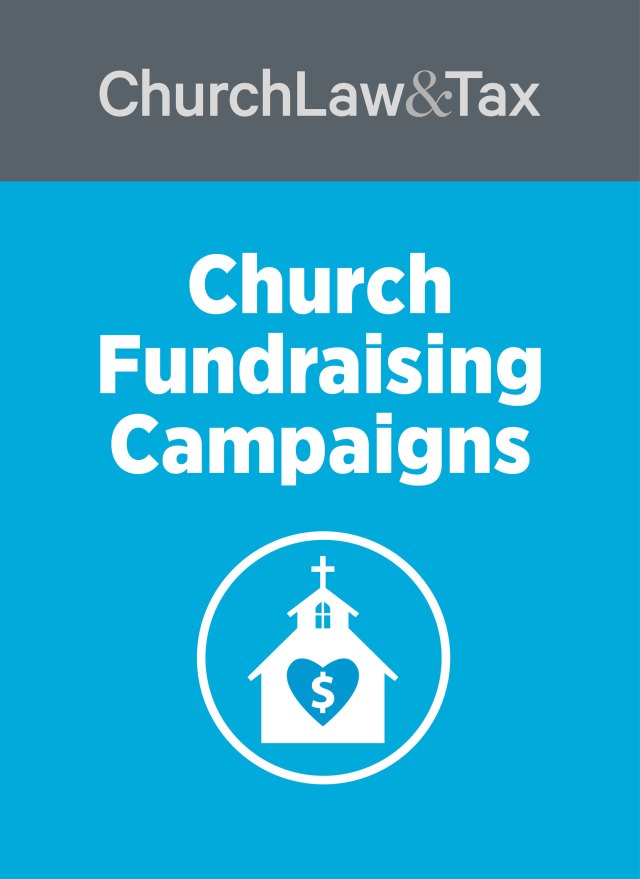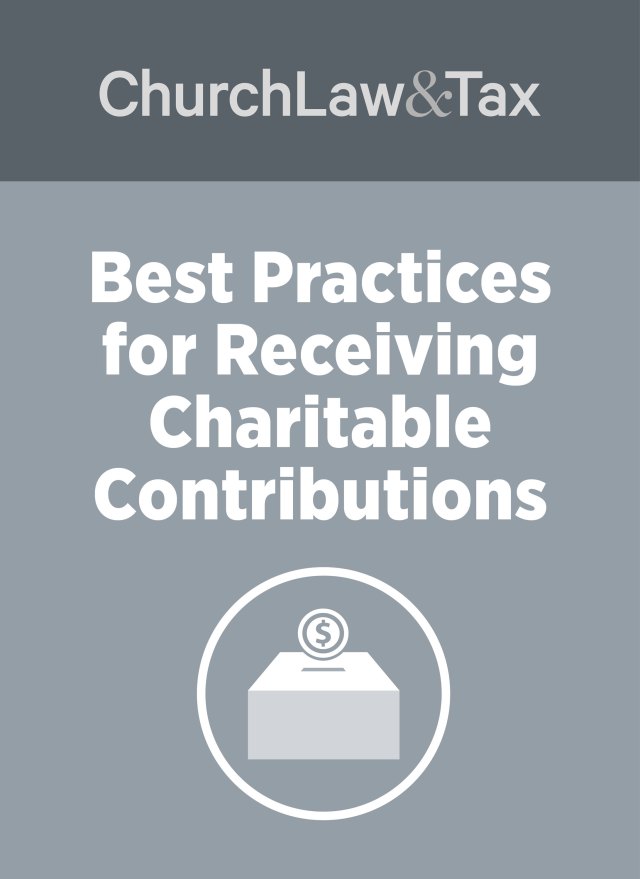Shoes and pants. Toasters and blenders and recliners—people often ask about deducting these donated household items.
What do you do?
First, you cannot tell them what the items are worth. According to tax law, that’s something donors must determine.
So do you encourage them to claim a tax deduction?
Attorney and CPA Frank Sommerville suggests kindly encouraging donors to forego trying to substantiate a donation in household goods and clothing.
That’s because it’s a time-consuming process that rarely approaches a donor’s break-even point. And that assuming the items are properly itemized.
“Each and every item has to be assigned a fair market value, which a donor could spend quite a long time figuring,” Sommerville says “They should think for a second of doing that for each pair of pants in that bag. For every pair of shoes they’re giving.”
To issue—or not issue—a receipt
Additionally, the state of the item must be accounted for, with photographs recommended to prove the item is in good condition or better. Individual items are to be acknowledged by a charity representative, line by line, not as part of a unit.
Moreover, if your church is like most charitable organizations, you aren’t equipped to issue the required receipts, nor are those volunteers or staff receiving the donations authorized, in most cases, to open bags and assess items.
But let’s say your church thrift store is equipped to issue those receipts and is willing to walk with the donor through the process?
“Even then, it’s not worth it in a lot of ways,” Sommerville says. “The cost of compliance is just simply more than the tax benefit a donor is going to receive for noncash gifts of household items. If a donor is going to itemize, for that $1,000 he or she spends that time on substantiating, the donor might be able to deduct $200. To get that qualifying receipt, that’s probably the donor’s return.”
Under tax law, over 94 percent of taxpayers will not itemize, giving more reason for donors to avoid the compliance issues.
While only taxpayers truly can say what the deduction is worth to them, Sommerville is certain the profitability isn’t present for your church—hence the few that provide documentation to donors.
“You’re just not generating that much money out of it,” he says.
